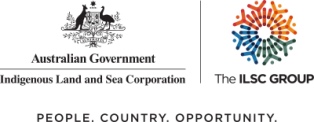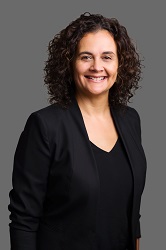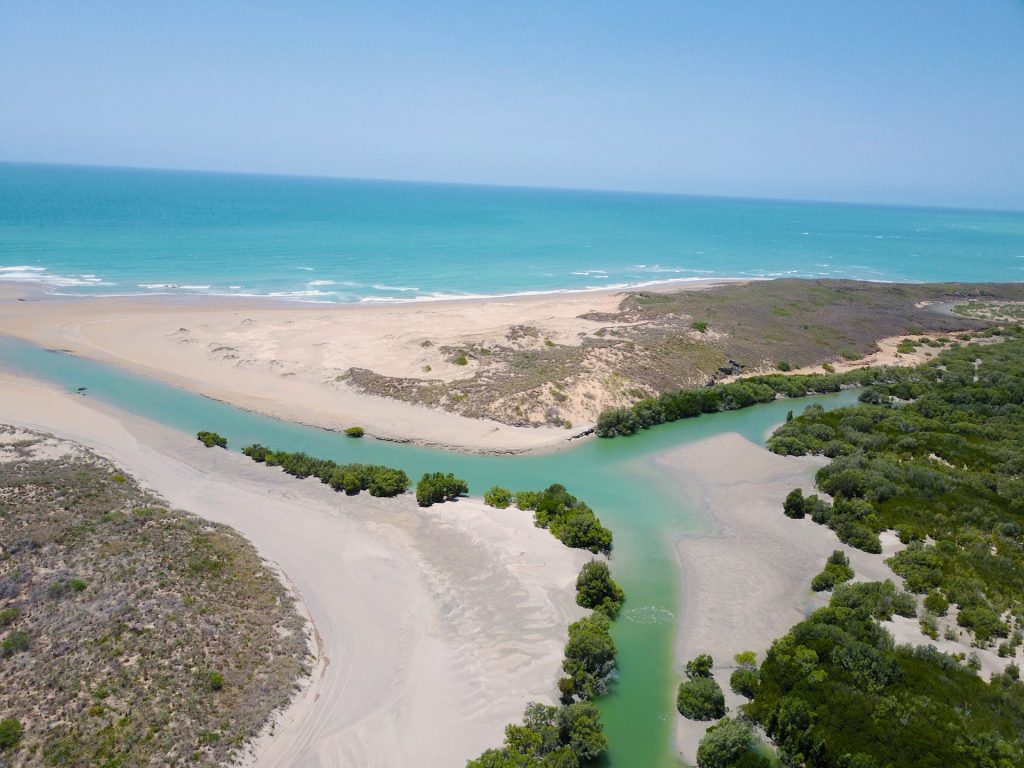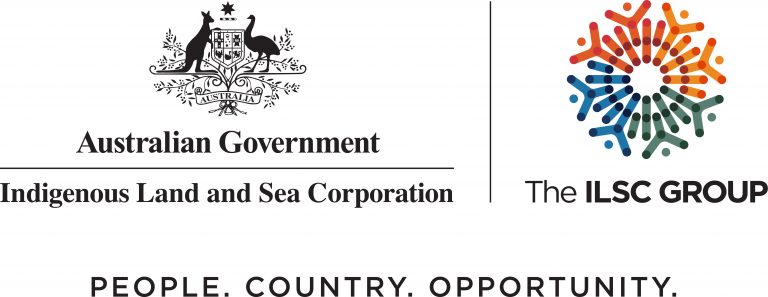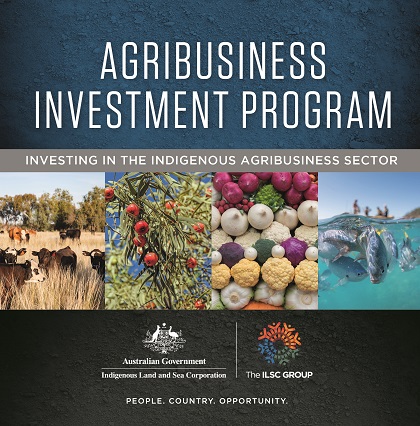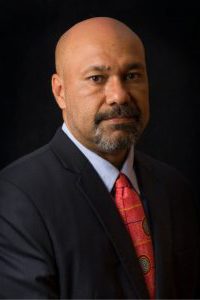History
History of the ILSC
The ILSC (previously the Indigenous Land Corporation), is a corporate Commonwealth entity established in 1995 to assist Aboriginal and Torres Strait Islander people to realise economic, social, cultural and environmental benefits that the ownership and management of land, water and water related rights can bring.
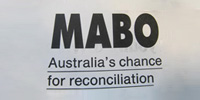
Mabo judgement
On 3 June 1992 the Mabo judgment by the High Court of Australia recognises Aboriginal and Torres Strait Islander traditional title to land had survived British settlement. However, the judgment said some extinguishment of traditional title had occurred.

The Land Account and ILC established
In February the Keating government responds to the Mabo judgement, in part, by establishing the The Land Fund and Indigenous Land Corporation (ATSIC Amendment) Act 1995 and creating the ILC. The Land Fund, now called the Land Account, aims to help Indigenous people to acquire land and manage it in a sustainable way, to provide economic, social and cultural benefits for themselves and for future generations. The Land Fund receives money from the Federal Budget for the next 10 years to establish a capital base.
The Indigenous Land Corporation began operations
First ILC Board meeting
First National Indigenous Land Strategy (NILS)
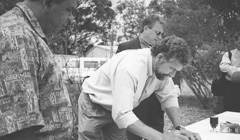
First land purchase and grant
Second ILC Chair and Board appointed
Second National Indigenous Land Strategy
The ILC’s Board revises the first National Indigenous Land Strategy. The new NILS reflects a shift from purely acquisition to long-term, sustainable land use planning.
Third ILC Chair and Board appointed
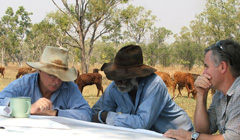
Kimberley Indigenous Management Support Services
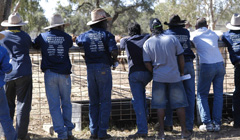
Major emphasis on employment and training
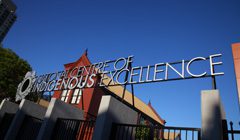
Redfern Public School purchased
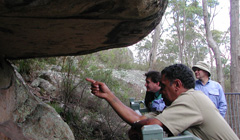
Indigenous Protected Areas partnership
National Indigenous Land Strategy 2007-2012
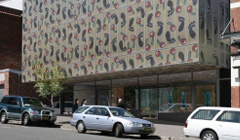
Black Theatre Building
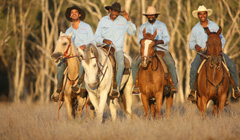
Training to Employment program rolled out
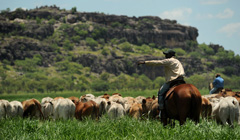
New businesses open at Gunbalanya
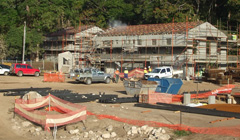
Mossman Gorge Centre project begins
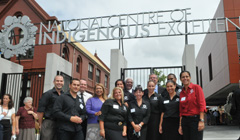
National Centre of Indigenous Excellence opens
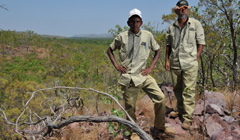
Fish River acquired
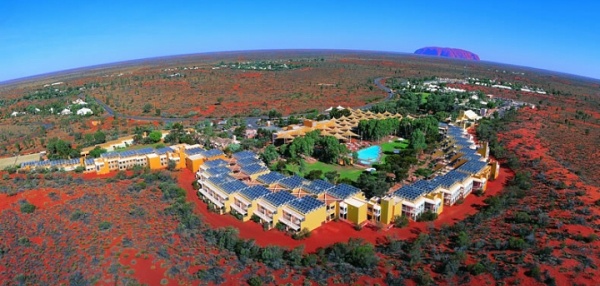
Ayers Rock Resort purchased
Fourth ILC Chair and Board appointed
T2E program expanded
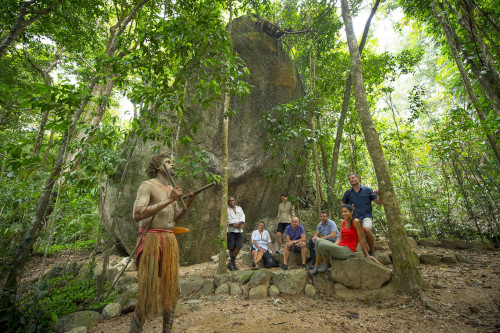
Mossman Gorge Centre opens
New 2013-17 National Indigenous Land Strategy
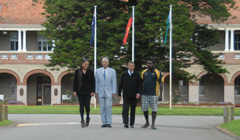
Clontarf College WA gifted to ILC

Australia’s first sale of carbon credits
Review into ILC and Indigenous Business Australia
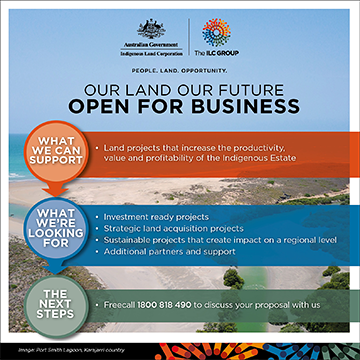
Our Land Our Future
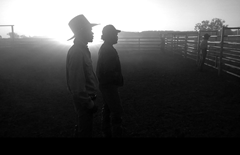
First Board meeting for NIPE

